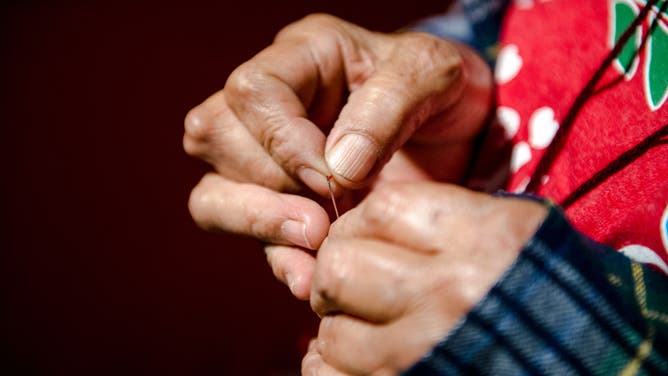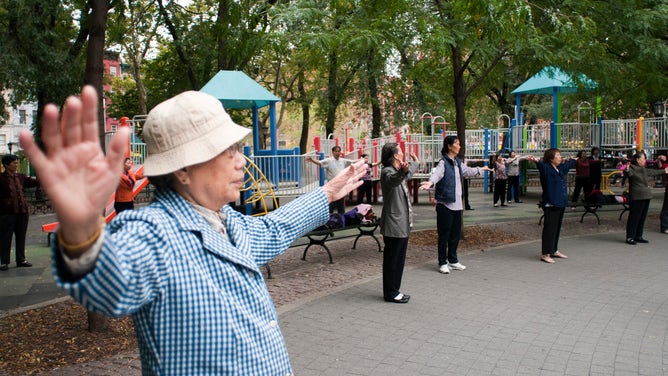Can joint pain really help you predict the rain?
A number of theories help explain why changes in the weather may cause pain in joints and other areas, especially for those who may suffer arthritis or a prior injury.
Can aching joints really foretell bad weather?
Many people claim to know a storm is approaching when their joints start to ache but is there any truth to this old wives’ tale?
Many people claim to be able to tell when a storm is approaching, solely based on how their joints are feeling.
This ability to predict the weather based on joint pain may seem like an old wives’ tale, but according to modern medicine, it may hold some merit.
"I see this routinely in my patients," said Dr. Sanjeev Kakar, orthopedic surgeon at Mayo Clinic in Rochester, Minnesota.
According to Kakar, patients who have experienced a variety of injuries – such as arthritis, an orthopedic injury, a broken bone from the past, a crush injury, or injured nerves – can sense a connection between their pain and the weather.
"Our patients have become the best sort of weather forecaster, because when there's a change in the weather, they really can tell," Kakar said.
Explaining the connection between joint pain and weather

(ANDREJ IVANOV / /AFP / Getty Images)
There are several theories in the scientific community as to why this is.
One possibility is that cold weather or a change in barometric pressure can cause some of the soft tissues to swell and expand, according to Kakar. This results in increased pressure within the joints.
Another theory involving cold weather involves tissues on the cellular level. Kakar said there are different changes in the cells that occur when the temperature drops. As a result, these cells mediate pain, swelling and inflammation in the joints.
HOW THE WEATHER MAY TRIGGER MIGRAINES
A third theory involves the humidity. According to Kakar, when the humidity increases, it affects the "microclimate" around the skin. This allows patients to feel how the weather is changing their perception of pain, stiffness and swelling.
How to mitigate joint pain during bad weather

Elders practice Tai Chi in Seward Park in New York City.
(Sergi Reboredo / VWPics / Universal Images Group / Getty Images)
For many patients who might experience pain when the rain comes, their symptoms generally improve when the rain passes and weather normalizes.
Kakar said one exception may be patients with Sjogren’s Syndrome, an autoimmune inflammatory condition. The weather may set off pain in their joints, which may linger after the weather normalizes.
WHY SEASONAL ALLERGIES ARE BECOMING WORSE
To help keep pain in check, no matter how cold or humid the weather, Kakar provides a few recommendations.
For example, he advises patients to keep moving and exercise and try to stay warm – particularly since cold temperatures may stiffen joints. Keeping their joints moving may help with their symptoms.
He also recommends patients stay on top of their arthritis medication and have good disease control. For patients whose fingers may swell depending on the weather, Kakar advises that they use compressed sleeves and gloves to help decrease the swelling.
